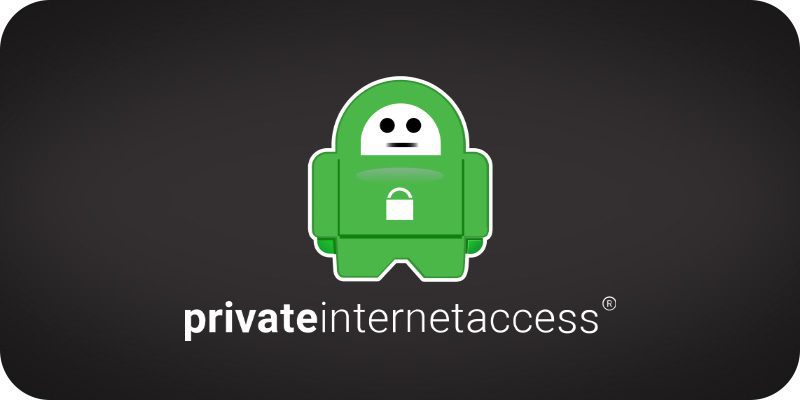
- #PIA VPN WINDOWS ENABLE LAN INSTALL#
- #PIA VPN WINDOWS ENABLE LAN PC#
- #PIA VPN WINDOWS ENABLE LAN WINDOWS#
You did change LAN IP to 192.168.2.x and it worked, but you're inbound traffic is a different interface than the remote VPN endpoint. One thing to still check on router is the allowed flow of traffic via its policies. Either the VPN system is at fault, or the router/firewall still. Open the drop-down menu next to the program. Click Add Application and select a program.
#PIA VPN WINDOWS ENABLE LAN WINDOWS#
Open the Windows Firewall ports for file sharing (135-139 and 445 TCP/UDP), which can be easily done by allowing the File and Printer Sharing and File and Printer Sharing over SMBDirect apps to communicate through Windows Firewall (as shown. Have the tunnel split and allow LAN traffic. Add a couple Firewall rules to allow traffic from both the LAN and VPN interfaces to any LAN destination. Launch the application and click on its icon in the system tray.

#PIA VPN WINDOWS ENABLE LAN INSTALL#
Download and install the Windows 10 desktop client. If the server doesn't receive it, then it got stuck somewhere en-route. Subscribe to a VPN subscription plan (we recommend PIA). Similarly when you try to establish a TCP session (ie trying to access a website) the first thing that your computer sends will be a socalled "TCP SYN" packet. Click the Add VPN button behind the VPN connections. There, in the right section, find and choose VPN. It will bring you to the Network & Internet tab in the Windows Settings. It gives you an idea where the traffic is getting lost. Right-click on the network icon in the lower right of the monitor on the taskbar and select Network and Internet settings. There are a few other tutorials available around the internet, but I feel that some are severely inaccurate or missing a couple key steps. However, there are a few things to watch out for, especially after pfSense version 2.1.1. If the server does receive it and sends an "echo reply", then that might be the lost packet. Configuring pfSense as a VPN Client to Private Internet Access(PIA) is relatively easy. If you send a ping you will see an "echo request" packet leave your computer. Then you can see which packets leave your computer and which packets arrive at the server.

#PIA VPN WINDOWS ENABLE LAN PC#
One way to trace it use Wireshark on client PC and server. Since it is behind an ISP NAT and is not accessible from outside, I had to arrange a globally accessible remote server () on Arch Linux k:5.4 with Wireguard VPN (10.11.12.0/24) on board.

You can open Control Panel -> System and Security -> Windows Defender Firewall, and click Turn Windows Defender Firewall on or off in the left panel and disable Windows Defender Firewall. It's very likely a VPN or router/firewall setting that is blocking the transit of packets from VPN endpoint to the LAN server. Seeing you changed LAN IPs to 192.168.2.x range that tells you it's more likely concentrated in Hamachi but it's hard to tell from the description where everything is located. I have a work LAN (192.168.0.0/24) with a bunch of Windows 10 and Linux machines that I need to have access to from anywhere. To eliminate this cause of can’t connect to VPN Windows 10, you can try to temporarily disable firewalls or third-party antivirus software.


 0 kommentar(er)
0 kommentar(er)
